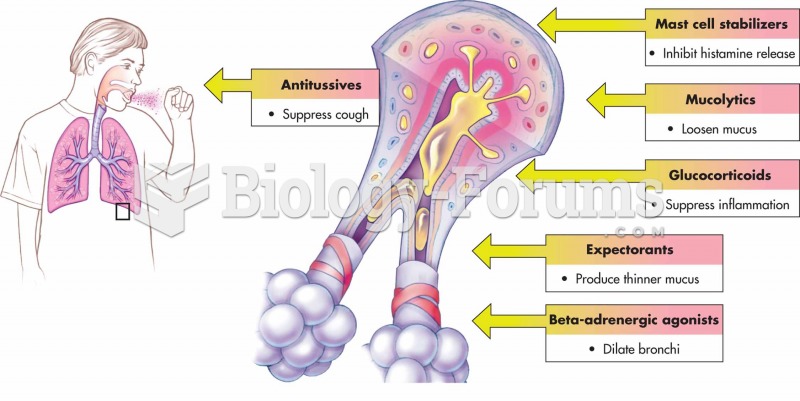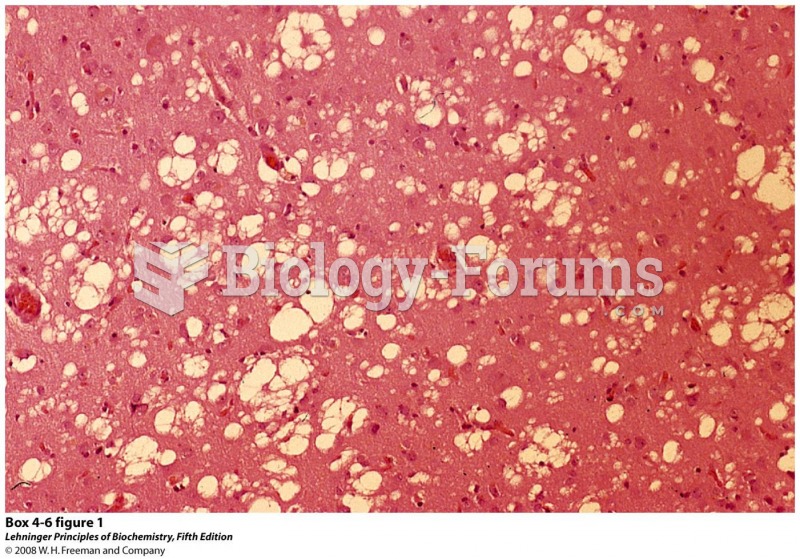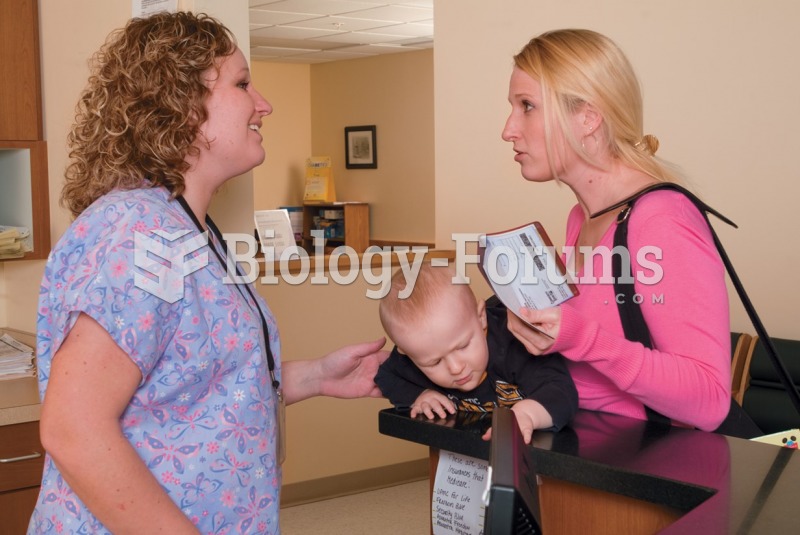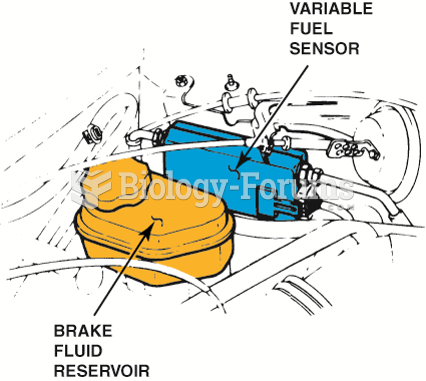|
|
|
Did you know?
After 5 years of being diagnosed with rheumatoid arthritis, one every three patients will no longer be able to work.
Did you know?
Medication errors are more common among seriously ill patients than with those with minor conditions.
Did you know?
In 1844, Charles Goodyear obtained the first patent for a rubber condom.
Did you know?
Throughout history, plants containing cardiac steroids have been used as heart drugs and as poisons (e.g., in arrows used in combat), emetics, and diuretics.
Did you know?
Blood is approximately twice as thick as water because of the cells and other components found in it.







